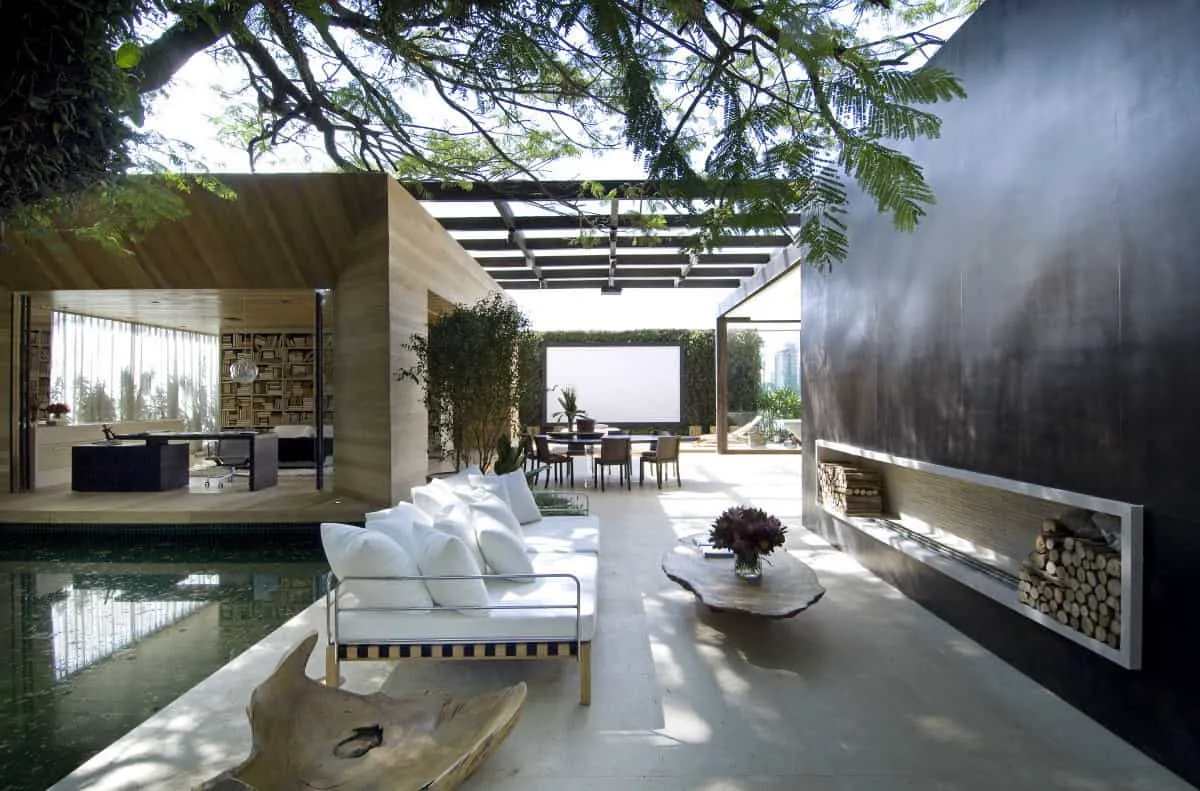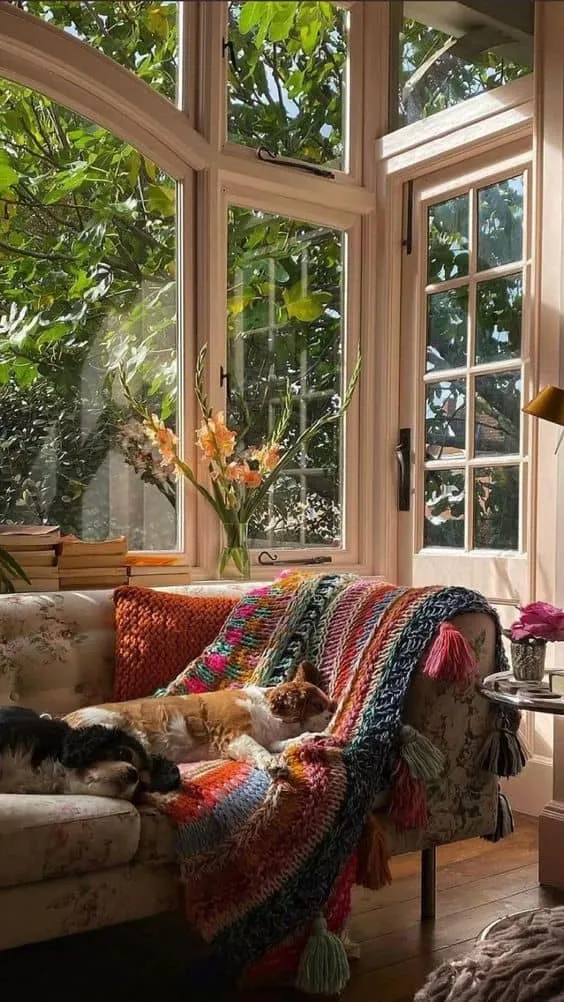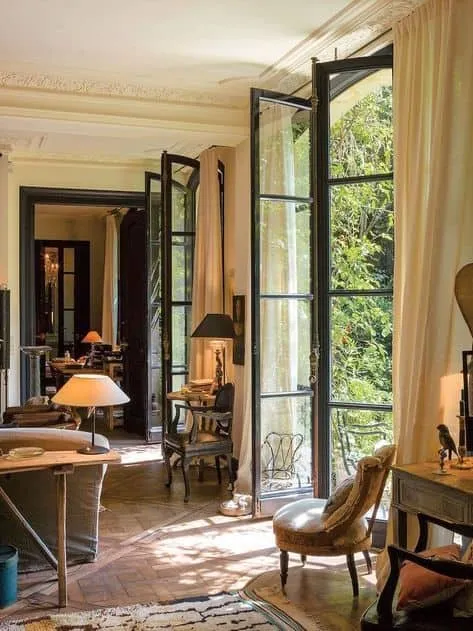There can be your advertisement
300x150
Creating Seamless Connections Between Interior and Exterior Spaces
A smooth transition between interior and exterior zones is a hallmark of high craftsmanship in interior design and architecture. Enhancing the building's appearance and quality of life indoors is achieved through a mindful blend of design elements from inside and outside. In this article, we'll explore several fresh ideas and key concepts that will help unite exterior aesthetics with interior design and architecture.
Creating a stylish, and most importantly high-quality interior and exterior requires significant financial investment. If you're facing a lack of funds, you can take out a loan through online services like Payday Depot, where you can obtain credit for any purpose.
A smooth transition between interior and exterior zones is a hallmark of high craftsmanship in interior design and architecture. Enhancing the building's appearance and quality of life indoors is achieved through a mindful blend of design elements from inside and outside. In this article, we'll explore several fresh ideas and key concepts that will help unite exterior aesthetics with interior design and architecture.

Creating a stylish, and most importantly high-quality interior and exterior requires significant financial investment. If you're facing a lack of funds, you can take out a loan through online services like Payday Depot, where you can obtain credit for any purpose.
Smooth Spatial Transitions
Creating seamless spatial transitions is an essential component of harmonizing interior and exterior environments. In modern design and architecture, the concept of open-plan layouts is increasingly used, where it's difficult to distinguish between interior and exterior zones. Large glass doors, movable partitions, and well-placed windows allow plenty of natural light to enter and provide panoramic views of the surrounding environment.
Interior Inspired by Nature
Design ideas inspired by nature can help bring the outside world indoors. Using organic materials such as wood, stone, and eco-friendly fabrics fosters a physical and visual connection with the outside world. To create a sense of nature within the space, consider installing living walls, indoor plants, or even water features.
Outdoor Living Zones
The idea of creating outdoor living zones is becoming increasingly popular. Designing visually appealing and functional exterior spaces such as terraces, porches, and gardens expands the living area beyond the building. Careful selection of furniture and thoughtful landscape design can transform these areas into cozy nooks that harmoniously blend with the overall design concept.
Coordinated Material Color Palette
Using a consistent color palette for materials both inside and outside helps create a unified design language. Maintaining a sense of continuity through the consistent use of materials, colors, and textures makes transitions between rooms meaningful and natural. This approach enhances the overall composition.
Considering Climate Conditions
Careful consideration of climate is also an important element in a well-integrated interior and exterior environment. Implementing shading systems, outdoor heaters, and ventilation solutions ensures year-round comfort. This approach allows residents to use both interior and exterior spaces regardless of weather conditions.
Conclusion
Seeking harmony is a guiding concept in the constantly evolving fields of exterior aesthetics, interior design, and construction. Architects and designers can create spaces that go beyond the ordinary by incorporating climate-adaptive solutions, outdoor living zones, coordinated material color palettes, nature-inspired architectural styles, and seamless spatial transitions. The result is a comprehensive and immersive environment where the boundary between interior and exterior becomes attractively blurred.
More articles:
 Compact House by ES Arquitetura in Ica, Brazil
Compact House by ES Arquitetura in Ica, Brazil Space Project UID in Japan
Space Project UID in Japan Cosmos House by S-AR in Puerto Escondido, Mexico
Cosmos House by S-AR in Puerto Escondido, Mexico Effective Investments in Construction Projects
Effective Investments in Construction Projects Living Expenses in a Modern Apartment
Living Expenses in a Modern Apartment Cottage Inspired by a Ship's Cabin Designed by Prodesi | Domesi in the Czech Republic
Cottage Inspired by a Ship's Cabin Designed by Prodesi | Domesi in the Czech Republic Cottage Interior for Peaceful Relaxation
Cottage Interior for Peaceful Relaxation Country Home Decoration — Inspiring Ideas
Country Home Decoration — Inspiring Ideas